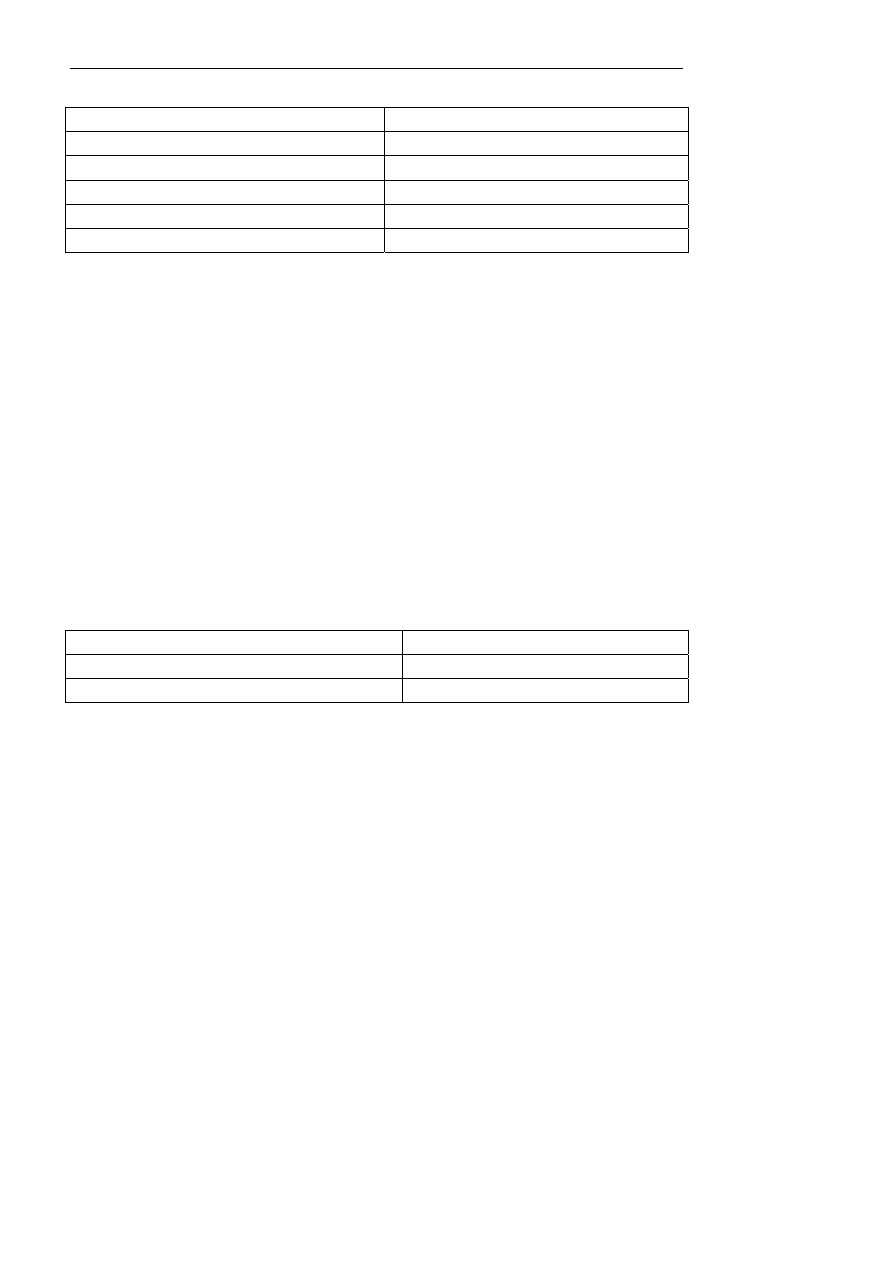содержание .. 420 421 422 423 ..
Geely Emgrand X7. Manual part - 422

The air allocation model and actuator position (feedback voltage):
Mode (air distribution mode)
Actuator feedback voltage (V)
Air supply to face
0.3
Both-way (surface blowing and foot blowing)
1.4
Air supply to feet
2.5
Mix (blow foot and defrost)
3.6
Defrost 4.7
In the automatic control mode, the air distribution mode is controlled by a number of input signals. Input signal
includes set value, in-vehicle temperature, out-vehicle temperature and sunlight intensity etc. When an air-out
mode key is operated, the system will be automatically converted into the manual mode from the automatic mode.
Certain limit of the A/C system may cause that the comfort is unable to reach under exceptional circumstances.
The A/C control module selects one proximal mode to display on the LCD at that time.
5. Internal-outside circulation control
The user can choose outside circulation mode or inside circulation mode:
1. Under outside circulation mode, open outside circulation vent port and close inside circulation vent.
2. Under interior circulation mode, interior circulation vent port must open, and exterior circulation vent port
must close.
In the automatic control mode, the ventilation is controlled by a number of input variables. Input signal includes
set point, in-vehicle temperature, out-vehicle temperature and sunlight intensity etc. In the automatic control mode,
there are two throttle positions (outside circulation and internal circuit) for ventilation.
Under manual control mode
–
Press down the fresh air button, venting valve keeps the outside circulation mode
–
Press down the circulation button, venting valve keeps the inside circulation
The ventilation model and actuator position (feedback voltage)
Ventilation
Actuator feedback voltage (V)
Fresh air
0.3
Circulation 4.7
6. Defrost
control
The defrosting button is used to activate the front windshield defrosting function. At this time, the fan speed
reaches the maximum level and the internal circulation is canceled (as the internal circulation may affect the
defrosting effect) and the compressor enabling request is made.
–
Air volume allocation models is defrost
–
Venting valve is in the new air position
–
A/C is "ON", and A/C mark display (only if outside temperature is too low)
If the external temperature is too low when defrosting, the automatic controller does not send out a compressor
start-up request signal to the engine control unit.
When the starting temperature is in the temperature setting zone, A/C ON is optimized.
1687